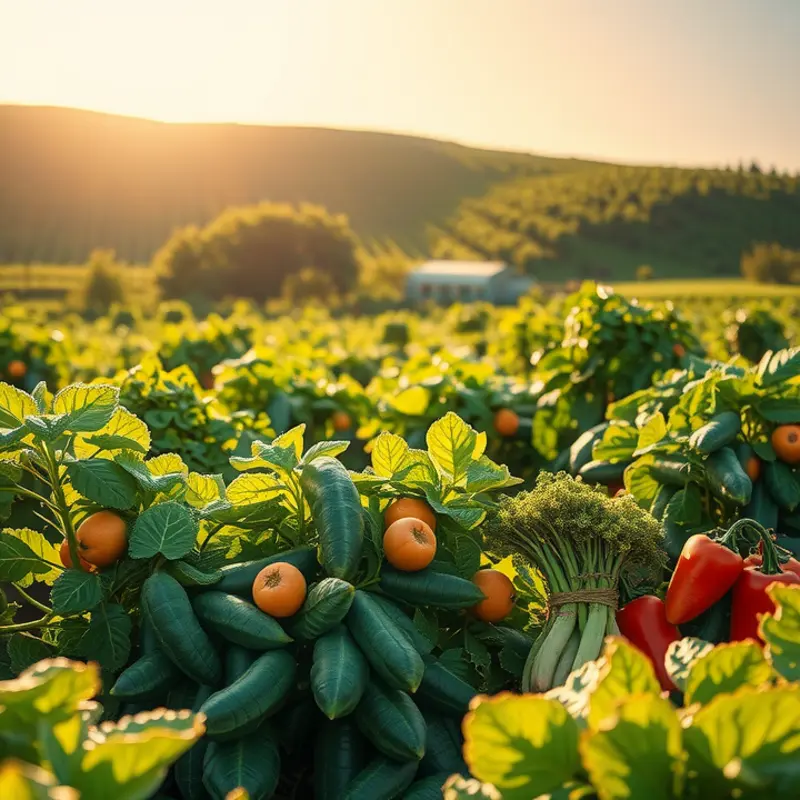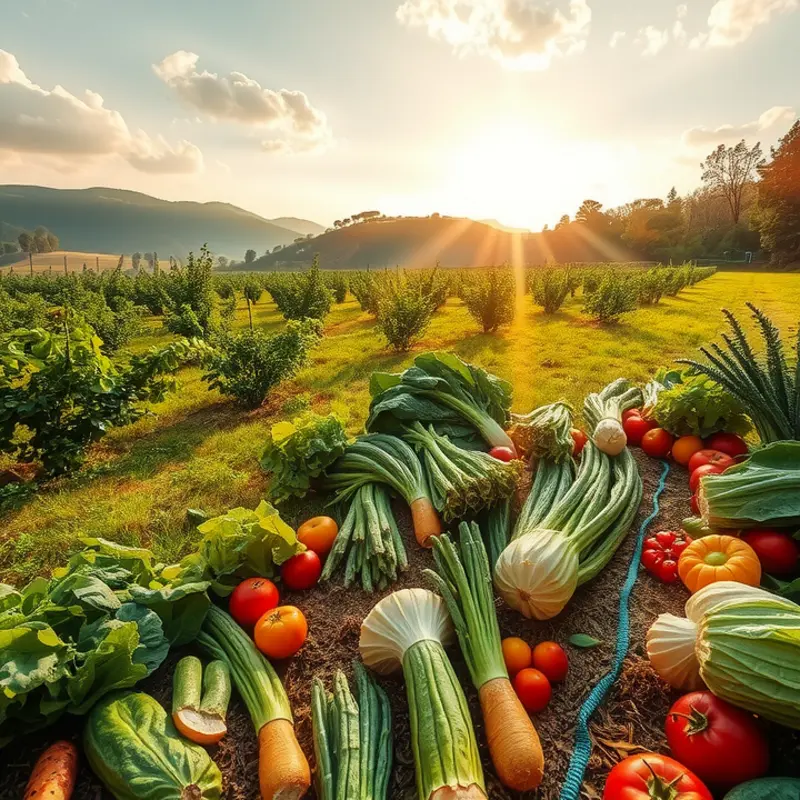Food choices profoundly impact our marine ecosystems. By selecting meals consciously, we can contribute not just to our health but also to the preservation of ocean life. Embracing sustainable seafood and plant-based alternatives offers a pathway toward a healthier planet. Let’s explore delicious meals that prioritize ocean preservation while satisfying your taste buds.
Sustainable Seafood Savory Dishes

When it comes to savoring the bounty of the sea, choosing sustainable seafood is a delicious way to support ocean health. Making informed choices about the fish and seafood you consume can significantly impact marine conservation. Sustainable seafood refers to fish and shellfish caught or farmed in ways that consider the vitality of the species and their habitat, ensuring they remain available for future generations.
To embark on this ocean-friendly culinary journey, it’s essential to understand which species are sustainable. Opt for species with stable populations and minimal environmental impact. Mackerel, sardines, and herring are rich in omega-3 fatty acids and are often more eco-friendly than larger predatory fish. Their short lifecycles and rapid reproduction make them resilient choices.
Another sustainable seafood option is farm-raised mussels. Mussels filter water naturally, and their farming process typically requires no feed, making them a green choice for environmentally conscious diners. In contrast, species like bluefin tuna should be avoided due to overfishing and declining populations.
Ethical fishing practices also play a pivotal role. Techniques such as pole-and-line fishing, trolling, and the use of certain fish traps prioritize the reduction of bycatch and habitat destruction. By choosing seafood from fisheries certified by recognized sustainable labels, you support responsible practices that uphold marine ecosystems.
In your kitchen, crafting dishes with these ingredients is a wonderful opportunity to explore global flavors. For a quick and sustainable meal, try a robust Mediterranean sardine pasta. Sauté garlic, cherry tomatoes, and sardines in olive oil, blend with fresh parsley, and toss with al dente spaghetti. It’s a simple dish packed with flavor, evoking the sea’s freshness and a touch of coastal Italy.
For a protein-packed lunch, prepare a delectable mackerel salad. Use smoked mackerel, mixed greens, diced cucumbers, and a yogurt dressing infused with lemon juice and dill. This light dish is not only nourishing but also a conversation starter about sustainable eating.
As you explore these recipes and choices, you might be interested in speedy seafood prep to maximize efficiency in your cooking process. Techniques for quick preparation can make sustainable eating more accessible in your everyday routine.
By integrating these practices and recipes, your dining experience becomes an act of preservation and appreciation. Understanding the impact of your selections ensures that you enjoy the sea’s bounty while promoting ocean vitality. Through conscious choices and a love for seafood, you play a vital role in protecting marine environments.
Plant-Based Wonders Supporting Marine Life

Delving into plant-based recipes offers an exciting journey that not only tantalizes the taste buds but also contributes significantly to ocean preservation. By opting more frequently for dishes that lean heavily on plants, we alleviate the demand on seafood, providing our oceans some much-needed respite.
The key to crafting satisfying vegetarian or vegan meals lies in leveraging seasonal produce. Seasonal vegetables and fruits promise the best flavors while reducing the carbon footprint associated with transporting out-of-season goods. Consider a roasted vegetable medley, featuring root vegetables like carrots, parsnips, and beets. These hearty vegetables, when seasoned with thyme and olive oil, become a comforting and nutritious centerpiece.
For those who crave something savory and protein-rich, hearty lentil and mushroom stew offers plenty of nutrition without seafood. Lentils, combined with earthy mushrooms, absorb rich flavors when cooked with garlic and tomatoes. Enhancing it with balsamic vinegar adds depth, making it a cozy choice for dinner.
Incorporating grains is another excellent approach to building a satisfying plant-centric meal. A quinoa and black bean salad, for example, not only provides a complete protein source but also a refreshing taste when mixed with corn, avocados, and fresh lime juice. The crunchy vegetables and creamy avocados amplify the textures and flavors, making the salad an enticing option.
Exploring global cuisines can introduce exciting plant-based flavors while supporting marine life indirectly. For instance, a vibrant ratatouille, a traditional Provençal stewed vegetable dish, packed with zucchini, eggplant, and bell peppers, offers a diverse flavor profile. It’s a dish where vegetables are the stars, simmered to perfection in a tomato-based broth.
The shift toward plant-centric dining not only reduces overfishing but also promotes biodiversity by decreasing pressure on marine ecosystems. By choosing local, plant-based ingredients, we make a conscious contribution to a sustainable environment. Easy plant-based eating tips can simplify this dietary transition while enriching your culinary repertoire.
To create these wonders at home, focus on meal prepping with flexible ingredients. This not only minimizes waste but also makes it easier to adapt recipes based on what’s available. Cooking larger batches of grains or beans enables quick meal assembly during busy weekdays. For more tips on effective ingredient batching, practical suggestions can be found here.
Ultimately, embracing plant-based meals holds potential far beyond personal health benefits. It embodies a commitment to a greater cause, promoting a harmonious balance with our planet’s precious marine resources. By savoring the earth’s bounty, we partake in a simple yet powerful act of conservation.
Final words
By choosing sustainable seafood and embracing plant-based meals, you can significantly contribute to ocean preservation. Your food choices are powerful tools for positive change, fostering healthier ecosystems and mindful consumption. As we grow more aware of our impact on the planet, practicing eco-friendly eating becomes vital. Let these meals inspire you, and remember, every small change counts towards the larger goal of protecting our oceans and the diverse life they hold.








